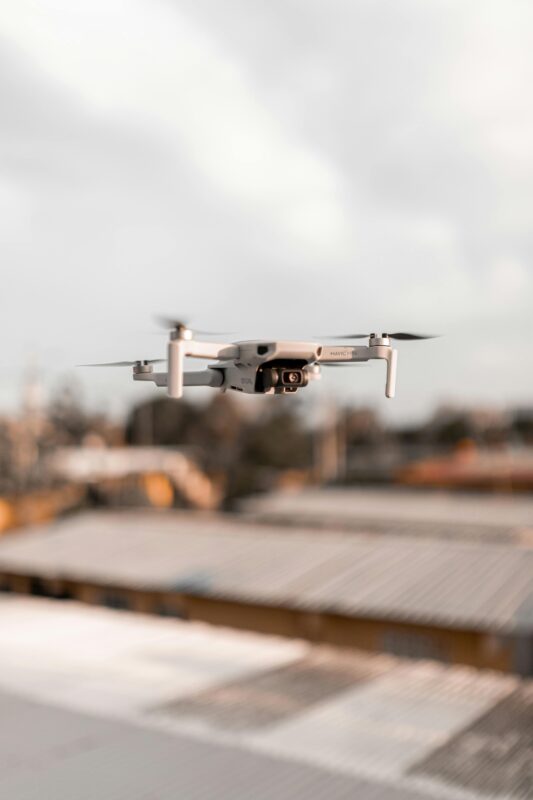
Overview
Technology & Telecommunication
Innovations in software, AI, 5G, and connected devices demand strong IP protection. Companies in this sector face unique challenges, including patenting software, managing standard-essential patents, and safeguarding trade secrets. A clear IP strategy is vital to stay competitive and secure innovation.
Technology Areas
Mobile Technology
5G/6G networks, smartphones, mobile applications
Cloud Computing
SaaS platforms, distributed systems, virtualization
Cybersecurity
Encryption, authentication, threat detection
Artificial Intelligence
Machine learning, neural networks, automation
Internet of Things
Connected devices, sensor networks, edge computing
Blockchain
Distributed ledger, cryptocurrencies, smart contracts

NDUSTRY INSIGHT
Industry Landscape
The technology and telecommunication sector is characterized by rapid innovation cycles, global competition, and complex regulatory environments. The widespread adoption of artificial intelligence, machine learning, Internet of Things (IoT), and 5G networks is driving a massive transformation in how data is processed, transmitted, and secured.
Key trends include the convergence of telecommunications and IT infrastructure, increasing demand for cloud-based services, and growing concerns over data privacy and cybersecurity. Intellectual property plays a crucial role in protecting proprietary technologies, facilitating licensing agreements, and enabling cross-border collaboration.
Standard-Essential Patents (SEPs), open-source integration, and software patentability are central issues in this space. As nations invest in digital infrastructure and smart technologies, the strategic management of IP assets becomes integral to national competitiveness and industrial growth.
Types of IP Protection
Patents
Utility Patents: Hardware innovations, software algorithms, network protocols, and system architectures.
Design Patents: User interface designs, device appearances, and graphical elements.
Standard-Essential Patents: Patents covering industry standards like 5G, WiFi, and Bluetooth.
Trademarks
Brand names, logos, product names, and service marks in the technology space.
Critical for establishing brand identity and preventing consumer confusion in crowded markets.
Industrial Designs
Designs protect product appearances, user interfaces, graphical icons, and aesthetic elements—ranging from industrial designs and GUIs to visual branding—with international protection available through the Hague System.
Copyrights
Software code, documentation, user manuals, website content, and multimedia elements.
Essential for protecting the expression of ideas in software and digital content.
Trade Secrets
Source code, algorithms, customer data, technical know-how, and proprietary processes that provide competitive advantages.
Particularly important for software companies and AI/ML innovations where patent protection may be limited.
IP Challenges in Technology & Telecommunication


